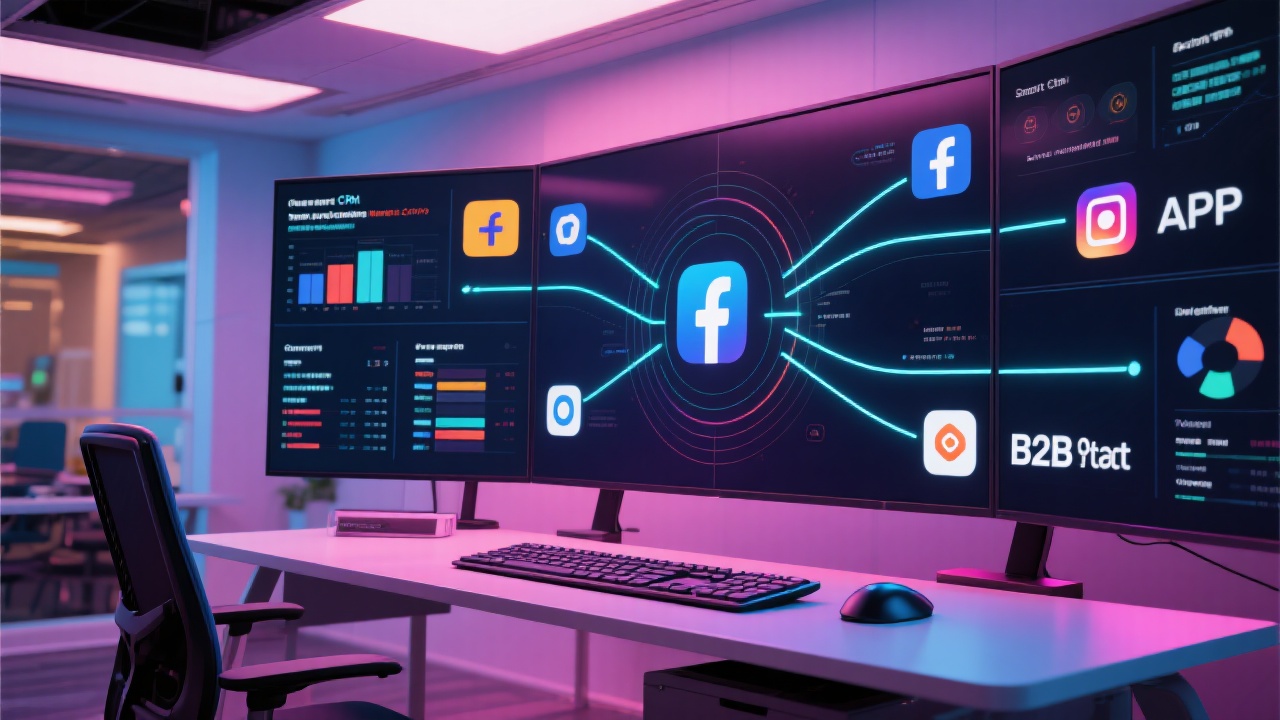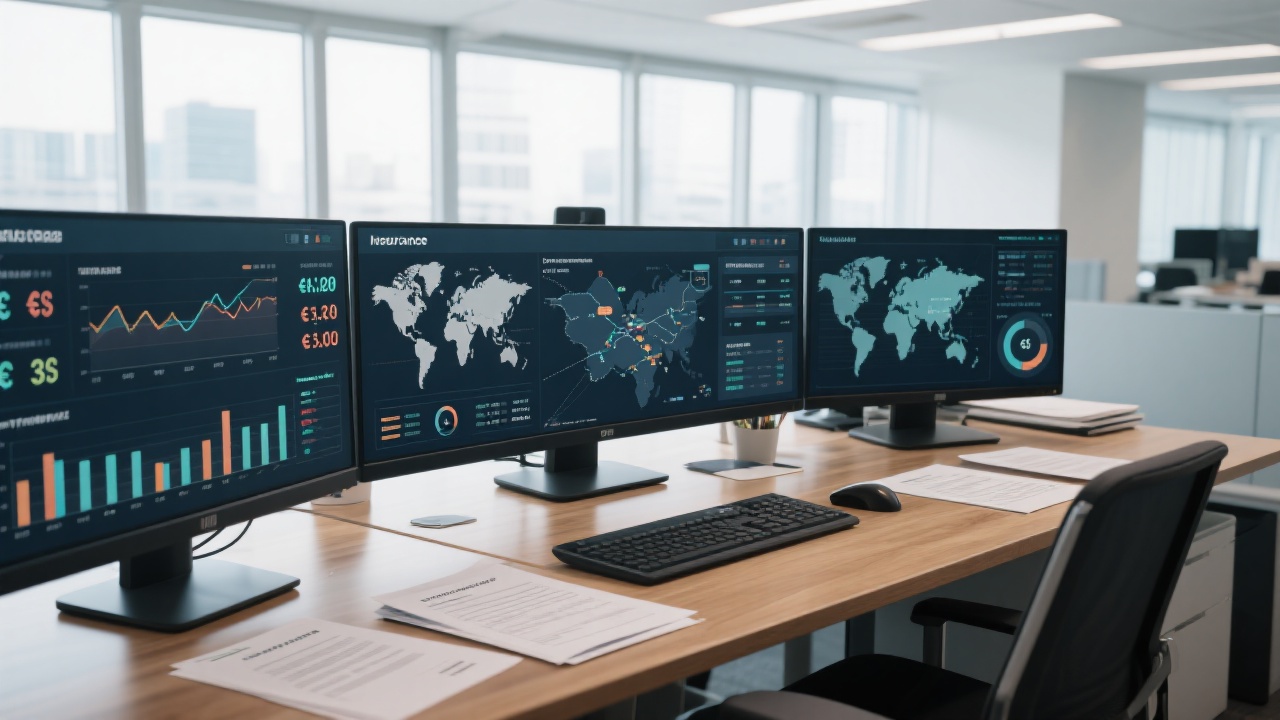As an international B2B enterprise, your website is the first digital handshake that introduces your brand to the global marketplace. Yet, many exporters struggle to convert visitor traffic into qualified inquiries due to poor website structure and SEO implementation. The good news? You can leverage smart, data-driven strategies—powered by AI and competitive insights—to fine-tune everything from your H1 tags to your internal link matrix, enabling your site to rank prominently on Google and other search engines without massively increasing your paid advertising budget.
Google’s evolving algorithms prioritize not just the quantity, but the quality and relevance of content — and how easily their crawlers can understand your website architecture. A well-organized site structure:
Your H1 tag is the most critical headline on any page—it defines the page topic both for users and search engines. To optimize your H1:
Data highlight: After optimizing H1 tags across 30 product pages for one client, organic impressions increased by 45% and average keyword rankings jumped from position #27 to position #11 within 3 months.
Internal linking is your silent powerhouse—it not only guides visitors seamlessly through your product catalog and company information but also distributes SEO value strategically. Here’s how to build it effectively:
| Best Practice | Reason | Impact on SEO |
|---|---|---|
| Link Deeply to Key Product Pages | Improves visibility of strategic offerings | +25% increase in organic traffic to linked pages |
| Use Keyword-Rich Anchor Text | Helps Google understand page relevance | Enhanced relevance for target search terms |
| Limit Links Per Page (50-100 Max) | Avoids dilution of authority and crawler confusion | Improved crawl budget efficiency |
| Create Topic Clusters with Hub Pages | Enhances thematic depth and user navigation | +30% average session duration increase |
Deploying an internal link matrix based on these principles enabled one manufacturing client to reduce bounce rates by 18% and double their inquiry conversion rate within six months, demonstrating that SEO improvements directly feed sales pipeline health.
Today’s AI-powered SEO tools give you an unprecedented advantage by:
An electronics exporter, after introducing AI content generation aligned with a refined keyword strategy, saw organic traffic grow by 60% year-over-year while cutting content creation costs by 40%.

SEO is not a one-off project. Establish key website KPIs—such as organic visits, bounce rates, average session duration, and conversion rate—and monitor them monthly. Use tools like Google Search Console, SEMrush, and AI-based analytics platforms to:
According to industry experts at Moz, businesses who commit to quarterly SEO audits and structural tweaks outperform competition by an average of 35% in organic ranking and receive 50% more qualified leads over one year.

Implementing a thoughtful website structure optimized from H1 tags through your internal link matrix is your ticket to letting your website truly be seen by global buyers. This is not about chasing fancy gimmicks—it’s about smart, repeatable engineering rooted in SEO best practices and empowered by AI-driven insights.
No longer do you need to burn budgets on ads alone to acquire traffic. Organic visibility cultivated through these scalable techniques will foster sustainable growth, higher brand exposure, and ever-increasing inquiry conversions worldwide.

Transform Your B2B Website Into a Lead-Generating Powerhouse Today
.png?x-oss-process=image/resize,h_100,m_lfit/format,webp)
.png?x-oss-process=image/resize,h_100,m_lfit/format,webp)

.png?x-oss-process=image/resize,h_100,m_lfit/format,webp)
.png?x-oss-process=image/resize,h_100,m_lfit/format,webp)
.png?x-oss-process=image/resize,h_100,m_lfit/format,webp)
.png?x-oss-process=image/resize,h_100,m_lfit/format,webp)
